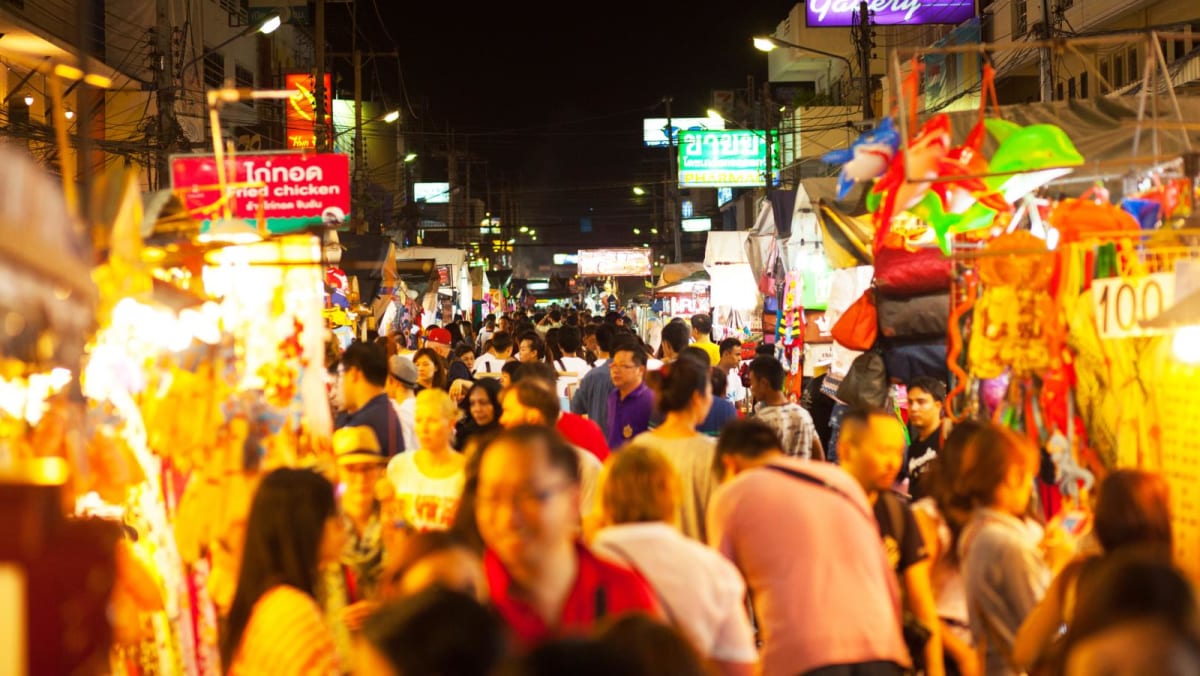PROMOTING UNIQUENESS OF DESTINATION
Sharing the spoils of – and the responsibilities for – Thailand’s burgeoning tourism industry is an important consideration for the authorities, said Noor Ahmad Hamid, chief executive of the Pacific Asia Travel Association, a membership association that promotes the responsible development of travel and tourism in the Asia Pacific.
“Developing secondary destinations is not just a short-term tourism strategy, it is essential for Thailand’s long-term tourism sustainability,” he said.
It is why Hua Hin’s airport development is a key piece of infrastructure.
Niti Vongvichasvadi, director of the Tourism Authority of Thailand’s (TAT) Prachuap Khiri Khan office, said he expected the airport upgrade to result in a “surge in tourist arrivals, particularly from regions with direct flight connections”.
He explained that TAT was using a “hub and hook strategy”, combining Hua Hin with major destinations like Bangkok to try to draw tourists to all eight districts of Prachuap Khiri Khan province.
“Every district borders the sea and features distinctive tourist attractions,” he said.
The province is a relatively less trodden destination, and so too is neighbouring Phetchaburi.
Given that the nearest international airport south of Hua Hin is Surat Thani, some 430 km away, there are opportunities to boost tourism if these provinces are treated and promoted as a cluster destination, Chanat said.
At the moment, the tourism marketing strategy for Hua Hin is “unclear” at the national level, with most promotional efforts still relying on the private sector, he said.
